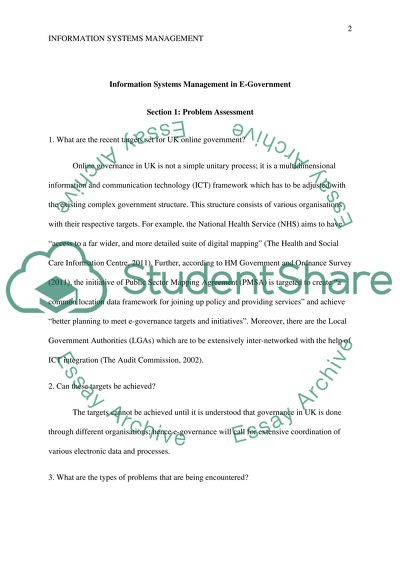Cite this document
(“Information Systems Management in E-Government Essay”, n.d.)
Information Systems Management in E-Government Essay. Retrieved from https://studentshare.org/information-technology/1433541-information-systems-management-in-e-government
Information Systems Management in E-Government Essay. Retrieved from https://studentshare.org/information-technology/1433541-information-systems-management-in-e-government
(Information Systems Management in E-Government Essay)
Information Systems Management in E-Government Essay. https://studentshare.org/information-technology/1433541-information-systems-management-in-e-government.
Information Systems Management in E-Government Essay. https://studentshare.org/information-technology/1433541-information-systems-management-in-e-government.
“Information Systems Management in E-Government Essay”, n.d. https://studentshare.org/information-technology/1433541-information-systems-management-in-e-government.


